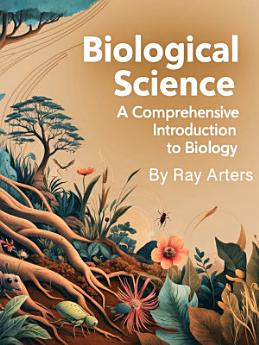Biological Science: A Comprehensive Introduction to Biology
About this ebook
The unity of life becomes apparent when we examine the fundamental characteristics shared by all living organisms. Every living thing, regardless of size or complexity, exhibits certain properties that distinguish it from non-living matter. Living organisms are highly organized structures composed of one or more cells, the basic units of life. They maintain homeostasis, actively regulating their internal environment to maintain stable conditions necessary for survival. Living things respond to environmental stimuli, adapting their behavior or physiology to changing conditions. They grow and develop according to genetic instructions, transforming from simple beginnings into complex mature forms. Perhaps most remarkably, all life reproduces, passing genetic information to offspring and ensuring the continuation of species through time.
The cellular basis of life represents one of biology's most fundamental principles. All living organisms are composed of cells, whether they exist as single-celled bacteria or multicellular organisms containing trillions of specialized cells. This cell theory, established in the 19th century, revolutionized our understanding of life by revealing the common structural foundation shared by all organisms. Cells serve as the smallest units that can be considered truly alive, capable of carrying out all the basic functions necessary for life including metabolism, growth, and reproduction.








